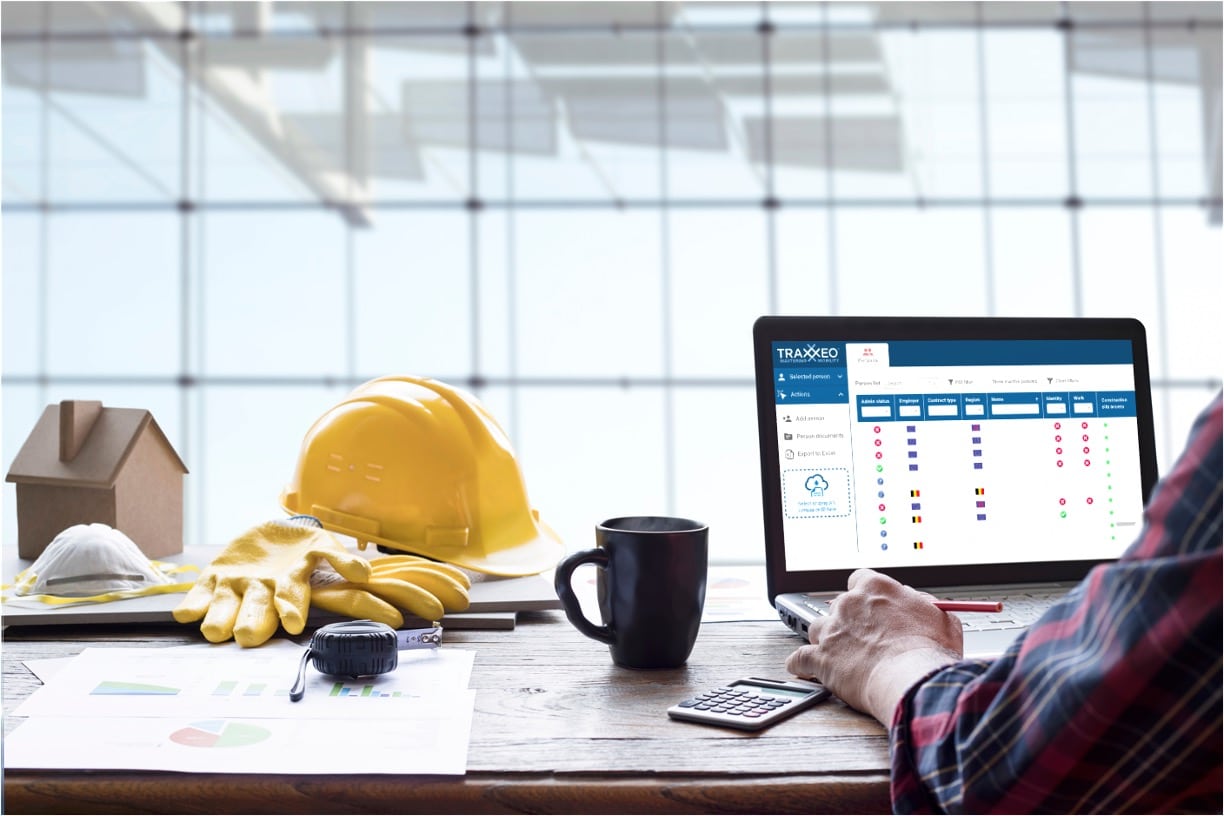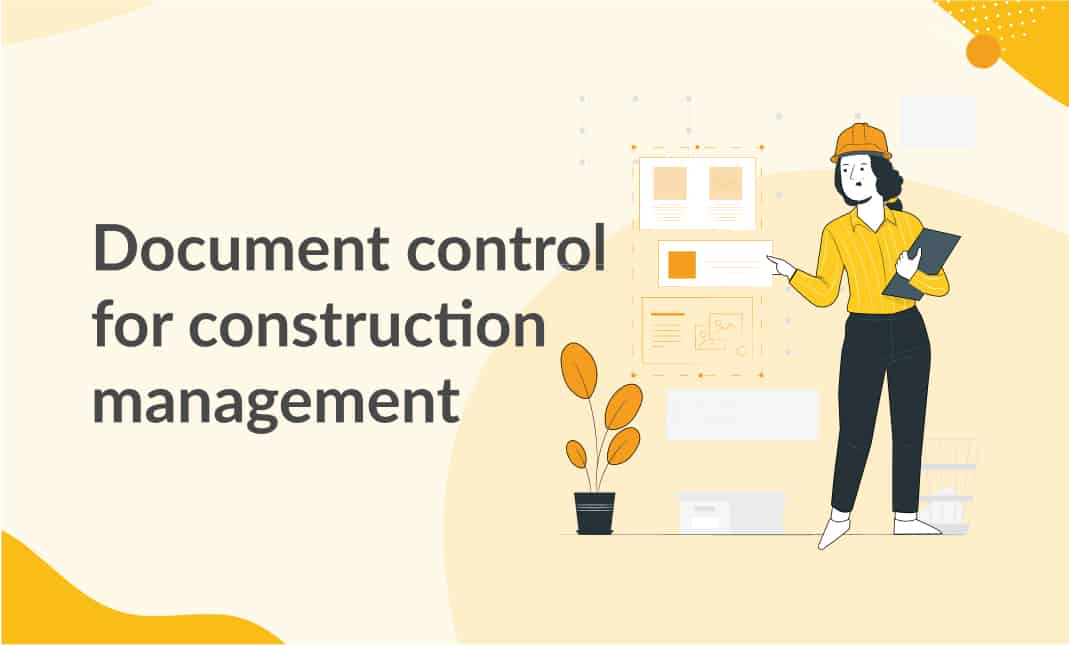Boost Your Task Management: Construction Document Management Devices You Required
Boost Your Task Management: Construction Document Management Devices You Required
Blog Article
Optimizing Project Cooperation: Designer's Finest Practices in Building Document Monitoring
In the detailed world of building jobs, the efficient monitoring of building and construction papers stands as a keystone for success. Amidst this intricacy lies a critical question: how can engineers simplify cooperation procedures to enhance job outcomes?
Leveraging Cloud-Based Platforms
Leveraging cloud-based platforms is an essential strategy for modern architects in maximizing building and construction record administration processes. By transitioning from typical paper-based systems to shadow remedies, designers can simplify cooperation, boost document accessibility, and boost overall job performance. Cloud-based platforms offer designers the ability to store, share, and update building files in real-time, making certain that all staff member have access to the most present details despite their area. This access promotes smooth interaction and sychronisation amongst job stakeholders, causing less mistakes and hold-ups in the building and construction procedure.
Additionally, cloud-based platforms offer a protected atmosphere for keeping delicate project details, providing encryption, routine backups, and individual permission settings to shield information stability. Architects can likewise take advantage of the scalability of cloud services, allowing them to change storage capacity and capability based on project demands. Generally, leveraging cloud-based systems encourages engineers to optimize their building and construction paper monitoring processes, driving better collaboration, performance, and success in their projects.
Applying Version Control Systems
Having established the advantages of cloud-based systems in building and construction record management, architects can currently enhance their paper control procedures by implementing Variation Control Equipment. Variation Control Systems (VCS) are vital tools that track modifications in papers, ensuring that team participants are constantly collaborating with the most up to date and most precise information. By applying VCS, engineers can maintain a central database where all project records are stored, enabling smooth collaboration while decreasing the risk of errors and version problems.
This function is particularly valuable in construction jobs where style versions and adjustments are common. This openness not just boosts responsibility but likewise assists in solving disagreements or discrepancies that may develop during the project lifecycle.
Establishing Communication Procedures
To make sure efficient and effective project control, engineers need to establish clear and robust interaction protocols within their building and construction file management processes. This system can be a task administration software program, email strings, or cloud-based storage options.
Furthermore, interaction procedures should also include guidelines on how to deal with disputes, adjustment orders, and urgent issues that might develop during the project lifecycle. Developing a structured strategy to communication makes certain that all stakeholders are on the same web page, advertises openness, and inevitably adds to the successful completion of the building task.
Utilizing BIM Software Application for Coordination
BIM software plays a pivotal function in enhancing control amongst task staff member in the construction sector. Building Details Modeling (BIM) assists in cooperation by supplying a centralized system where architects, designers, service providers, and various other stakeholders can interact in a collaborated way. Via BIM software application, job individuals can access and update a common model that consists of detailed information about the structure style, building and construction parts, and project schedules.

Furthermore, BIM software allows real-time cooperation and interaction among employee, no matter of their physical location. Via cloud-based BIM find here platforms, task stakeholders can access the current task information, track changes, and make notified choices without delay. On the whole, leveraging BIM software for coordination enhances job performance, productivity, and eventually brings about effective project outcomes.
Ensuring Data Safety and Conformity
In the realm of click to find out more building file administration, securing information honesty and making certain governing conformity are paramount considerations for architects and various other task stakeholders. Designers have to carry out durable protection steps to protect sensitive project details from unapproved access or violations. Utilizing safe cloud storage remedies with file encryption procedures and accessibility controls can aid reduce risks associated with information burglary or loss. Consistently upgrading software and systems, performing safety and security audits, and supplying team training on information security best techniques are necessary actions in keeping a secure environment for construction file administration.

Final Thought
In conclusion, engineers can optimize task collaboration in building and construction file monitoring by leveraging cloud-based platforms, implementing version control systems, developing communication procedures, utilizing BIM software application for control, and guaranteeing information safety and security and conformity. These ideal practices help improve the building procedure, boost interaction among job stakeholders, and boost effectiveness in task delivery. By following these guidelines, architects can efficiently manage construction papers click this link and promote effective job results.
Via BIM software, project individuals can access and update a shared design that consists of thorough information regarding the structure layout, building elements, and task routines.
Through cloud-based BIM systems, job stakeholders can access the most current job information, track changes, and make educated choices promptly - construction document management. Overall, leveraging BIM software program for coordination enhances task performance, productivity, and ultimately leads to successful job results
In final thought, engineers can optimize task cooperation in building and construction file administration by leveraging cloud-based platforms, executing version control systems, developing interaction procedures, utilizing BIM software for control, and making certain information safety and compliance. These best techniques assist improve the construction process, boost communication among task stakeholders, and improve efficiency in task shipment.
Report this page